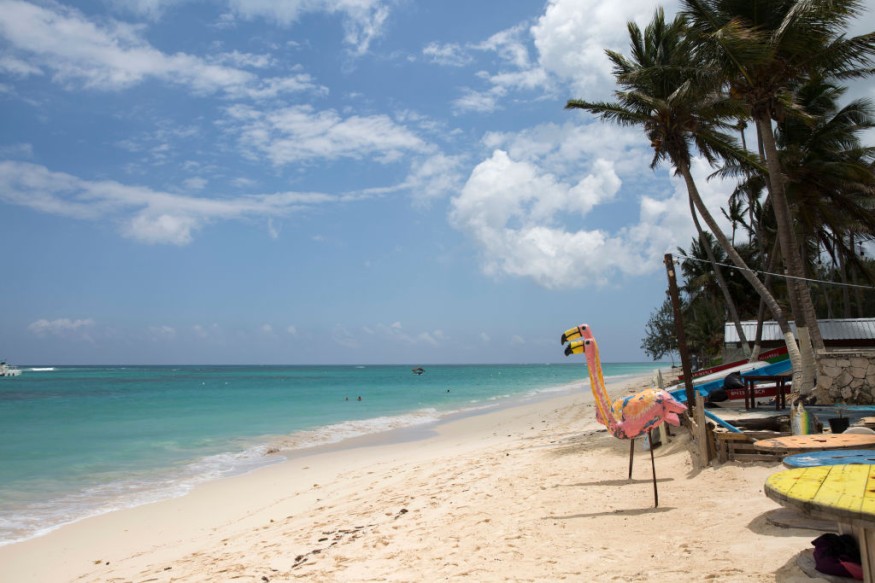As masses of brown algae destroy animals, suffocate the tourist sector, and leak harmful gas, the Caribbean shores from Puerto Rico to Barbados are covered in unprecedented seaweed.
In addition to stinking, this foul-smelling seaweed destroys fish and other marine life. It harms regional businesses by making activities like kayaking and snorkeling practically tricky.
Millions of Sargassum Seaweeds Found in the Caribbean Sea, Gulf of Mexico
In June, there were up to 24.2 million tons of algae in the tropical, middle, west, and east Atlantic, as well as the Caribbean Sea and the Gulf of Mexico. This is a record high and a rise over the 18.8 million tons produced the month before.
"If you put all this biomass side by side, the entire area is equivalent to six times of Tampa Bay," Chuanmin Hu, a researcher from the University of South Florida who studied the phenomenon, told DailyMail.com.
The massive volumes of sargassum on beaches and close to the coast have hurt the critical fishing and tourist sectors in the Caribbean.
According to the most recent report from the Sargassum Monitoring Network, 18 beaches in Mexico now have an abnormally high level of seaweed.
Governor Albert Bryan Jr proclaimed a state of emergency in the U.S. Virgin Islands in July.
"The seaweed overrunning our beaches also brings the potential for disruption to businesses and other negative financial impacts to our economy," Bryan said in a statement (per Viconsortium).
The territory's fresh water supply was put in jeopardy by sargassum blockages in the desalination facilities of the U.S. Virgin Islands, according to President Joe Biden's declaration of an emergency the next day.

ALSO READ : Unlikely Pollinators: Experts Observed Animal-Mediated Fertilization of Seaweed for the First Time
Effects of Sargassum Seaweeds to Environment, Health
Lisa Krimsky, a university researcher with Florida Sea Grant, told EcoWatch that the floating seaweed can have a devastating effect on the area's water temperatures and pH levels as it decomposes.
Seagrasses, coral, and sponges that are "smothered" by the abundance of sargassum may also be harmed by the seaweeds. When sargassum covers beaches, sea turtles may struggle to deposit their eggs or become caught in the algae.
Sargassum begins to decompose when it washes up on coasts, generating toxic chemicals, including: hydrogen sulfide gas, which has an unpleasant rotten-egg odor. According to the same Ecowatch report, CDC warned that exposure to hydrogen sulfide gas may irritate the eyes and respiratory system.
Seaweed Prevalent in Atlantic Region Since 2011
Sargassum, typically more prevalent in northern portions of the Atlantic, has become more widespread in the south since 2011, according to a 2019 study published in Science journal. Researcher Chuanmin Hu said that the spread was caused by some factors, including exceptionally high winds and currents the previous year.
Sargassum flourished in the southern Atlantic because of the region's abundant sunlight and nutrient-rich waters, which contributed to the current issue.
Hu agreed that sargassum generally does not cause problems when at sea, but he added that there is some indication that the enormous numbers of seaweed would do so if they were to die and drop to the ocean floor, where they might choke coral reefs and other habitats.
Hu pointed out that sargassum has a variety of applications, including making bricks, fertilizer, tennis shoes, and salad dressing; perhaps there is an opportunity in this problem.
RELATED ARTICLE : World's Largest Omnivore: Biopsy Samples Reveal Whale Sharks Also Eat Plants, Algae
Check out more news and information on Ocean in Science Times.











